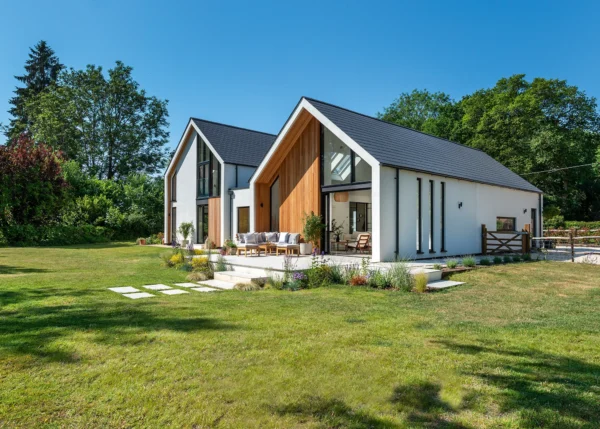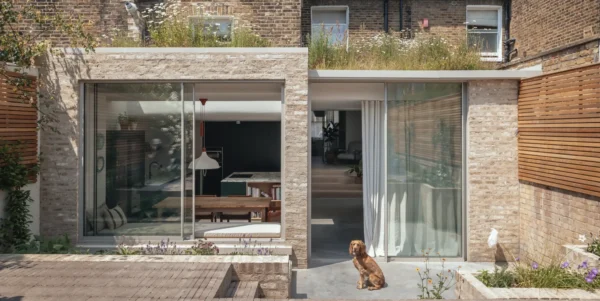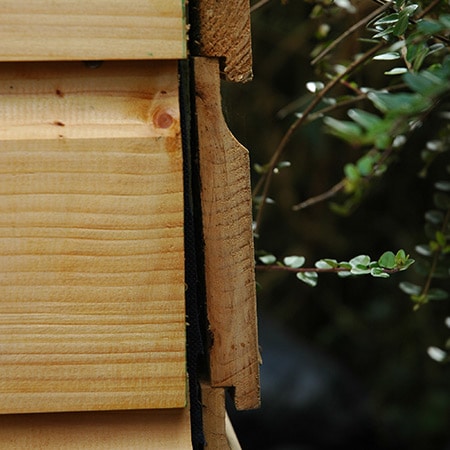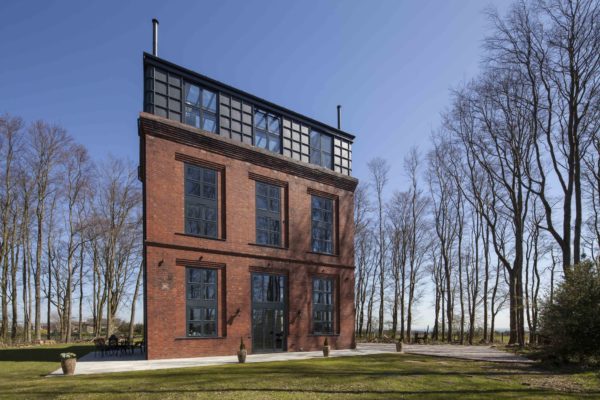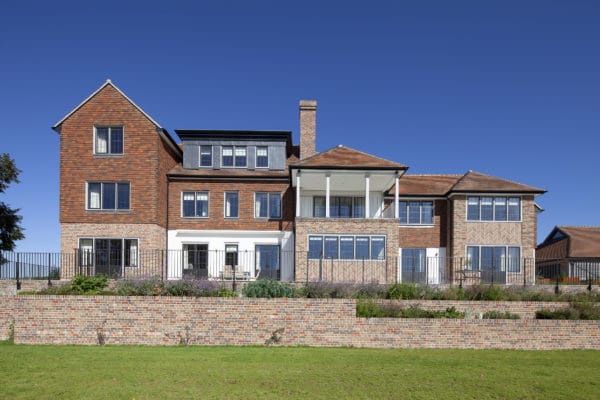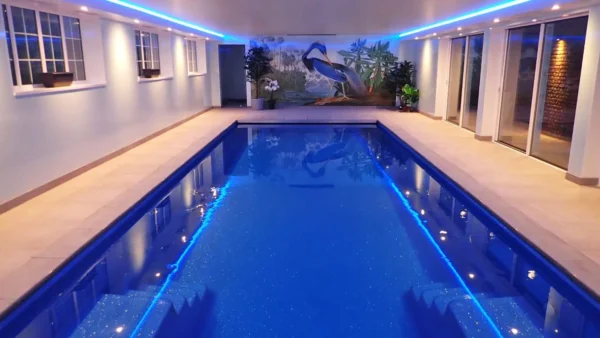Flooring Costs Explained
Choosing your floors is a case of balancing practical and aesthetic considerations with the ultimate question: what should I budget for flooring costs?
The majority of the decision will be made through visiting showrooms, brochures and websites – but it’s important to bear in mind how your surface covering will interact with the floor structure itself.
The broad guidance in this article therefore has a clear emphasis on construction-related implications, all of which will have a key influence on flooring costs.
Floor structures & underfloor heating
Your floor construction will either be a solid slab or a suspended alternative (such as timber) and if you’re building a two-storey property, you’ll probably have one of each. Such is its popularity, underfloor heating (UFH) may well be involved on one or both storeys and, if not, you may use other derivatives like electric under-tile heating in bathrooms.
If you’re going for these options instead of radiators, make sure that your covering and underfloor heating suppliers are completely aware of each other’s specifications and have endorsed your construction detailing before you proceed.
With solid ground or first floors that use slabs, suspended concrete planks or a block and beam systems, the underfloor heating will more than likely be set in a floor screed on top of insulation.
With suspended timber floors, whether using engineered or solid joists, the UFH coils will probably be fitted on metal spreader plates between the joists and underneath tongue-and-groove chipboard or other flooring-grade board.
Whatever floor structure you’re working with, it’s key to get the right underfloor heating design so you can understand the total costs of your new floor.
Companies such as Robbens Systems and Nu-Heat will provide a detailed design at quotation stage. This will take your choosing flooring type amd the heating output requirements for each room into account, giving you confidence in the performance and price of your UFH system.
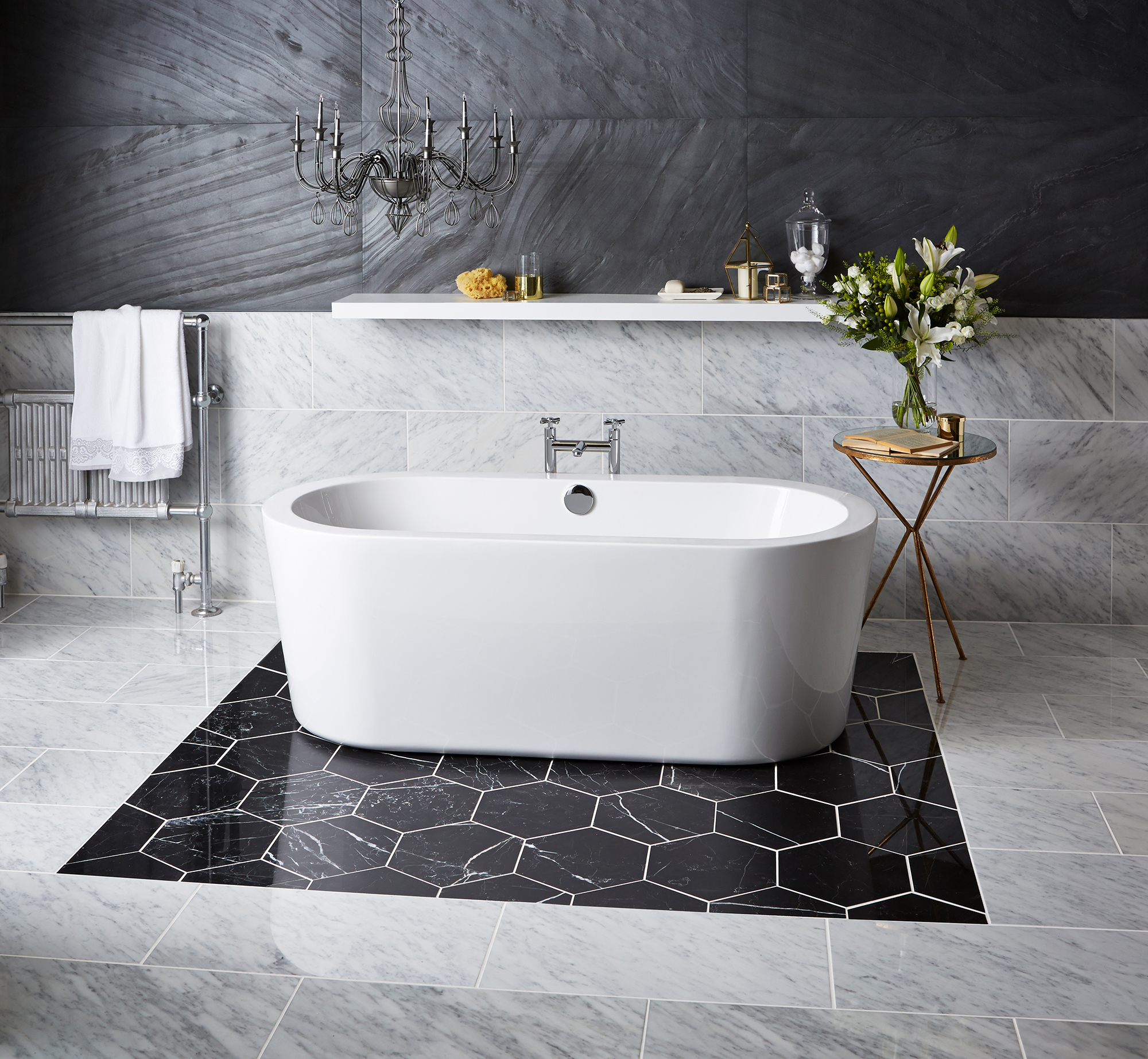
From the natural beauty and character of wood through to the soft and cosy allure of carpet, there are many choices for the flooring in our homes. When considering what type is best for each space, think about how much that area will be used and how low-maintenance you’d like the zone to be. We naturally associate certain types of flooring with specific rooms, but modern manufacturing techniques offer a great range of versatility, with some products even mimicking the look and characteristics of others. Here, we unveil the key considerations for different rooms, some expert insight into the main contenders and inspiring examples to get your creative juices flowing. |
Natural stone flooring costs
A wide range of floor coverings is available in this bracket, taking in everything from budget options to luxury surfaces.
The cost scale probably starts with sandstone at the cheaper end, followed by travertine, slate, limestone and marble, ending up with granite.
Natural stone floor costs start from about £25 per m2 (supply only). But don’t be surprised if you find some stone floor options priced at upwards of £150 per m2.
Ultimately, this all depends where the product originates from and the quality of its colour and texture, plus its strength, thickness and overall individual characteristics.
Laying and finishing natural stone floors is a real art, and the time needed to achieve good results should not be underestimated.
Some independent contractors may offer prices from £35 per m2 to install your chosen stone floor. A specialist supply-and-fix company that can benchmark its quality in showrooms may charge considerably more – but is likely to warranty its work.
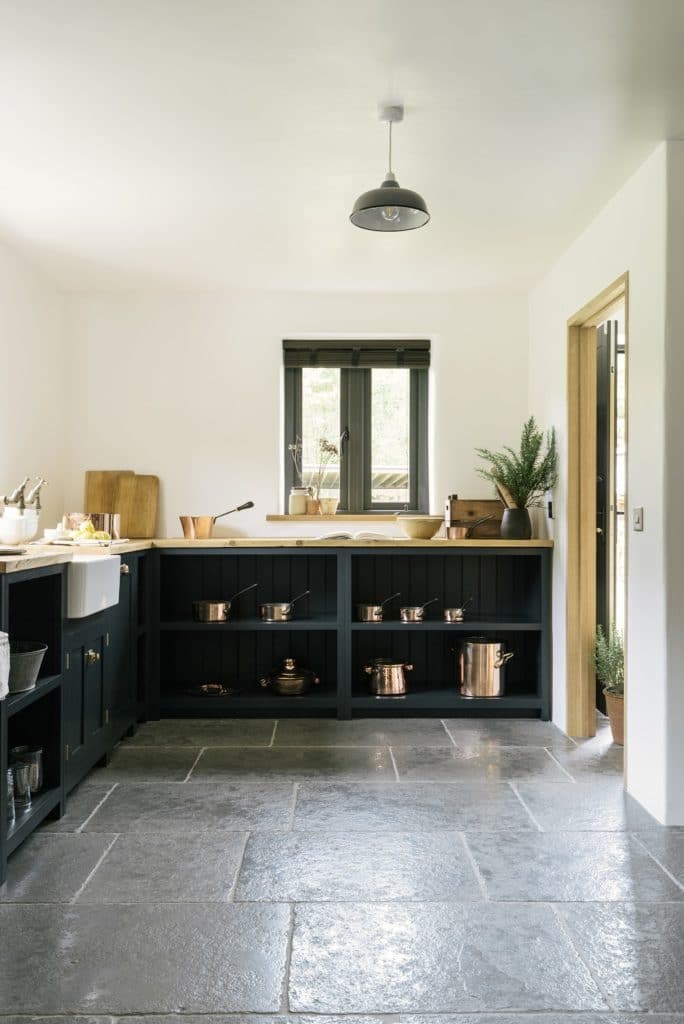
Floors of Stone offers a wide selection of natural stone, terracotta, porcelain and handmade tiles
There’s a lot to consider if you’re to get the right finish. On screeded solid floors the choice and depth of the screed matters. Furthermore, it must be left to cure to the manufacturer’s minimum suggested humidity and moisture content before work can begin.
It’s best to include a decoupling membrane, such as Schluter’s DITRA matting, in the setup. This will help to minimise the effects of minor thermal movement between the substrate and finish.
It should also reduce the number of expansion gaps needed in the floor (these extra spacings can sometimes look slightly disappointing when you run the same finish from room to room) but do take the advice of your installer.
For timber suspended floors, which have more inherent movement than solid types, a decoupling membrane is essential. You may need an additional layer of plywood over the floor to help stiffen the structure.
These decisions will affect overall floor thickness, which is of particular consideration where more than one finish is being used between rooms.
Decoupling membranes could add £10 per m2 to the installation and suitable plywood about £9 per m2, but both are worth every penny in the long run.
It’s also a good idea to use flexible adhesives; these are quite expensive for flooring applications but are more robust than standard options.
Depending on the stone you choose, the thickness between the slabs may vary by up to about 6mm. This can be accommodated in the adhesive; but clearly means you’ll use more of it as layers are built up.
Scrimping on the amount of adhesive could mean your tiles are not fully bedded, which may lead to movement after several years of traffic.
Floor tile costs
Alternatives to stone floors include quarry tiles, terracotta, flooring-grade ceramics and porcelain.
Quarry tiles are practically indestructible and so hard they are unlikely to need much by way of sealing. Terracotta, by comparison, will soak up vast quantities of sealant before reaching its saturation point, adding a significant amount of time (and cost) to the process.
Porcelain floor tiles are a popular choice, starting from around £20 per m2 for supply only. Made from fully vitrified clay, these products shouldn’t need sealing – although some installers have found that treatment is still necessary, depending on the product’s place of origin.
Tile sizes seem to be getting bigger and thicknesses even thinner, as manufacturers continue to innovate.
Wood flooring costs & options
If you’re considering wooden floors, solid timber may be your initial instinct. However, depending on the type of wood and your chosen heating installation, an engineered option may be more suitable.
An engineered timber floor typically comprises a 4-6mm layer of natural wood on the surface, with a substrate made from a cross-bonded and glued sheet material similar to blockboard.
This instils incredible strength and stability to the overall product and reduces any propensity to twist or curl in response to humidity and heating levels – so it’s suitable for UFH.
Read more: Buyer’s guide to wood floors
Engineered floors are likely to be factory sealed, whereas a solid timber version is almost always sealed on site (the installer will usually use a floor sander once all of the boards have been fixed, before finishing).
Some engineered floors can be loose laid as floating floors, but any solid timber must be anchored via adhesive or a mechanical fixing. All will require a perimeter expansion facility since the width of timber boards can expand by up to 1.5%.
The supply cost of both engineered wood and solid wood floors will start in the region of £25-£45 per m2.
Wood floor costs can quickly rise above £50 per m2, depending on your choice of timber, as well as factors such as thickness, profile, board width, level of finish, guarantee and country of origin.
For those of you who want authentic solid block parquet flooring, the tongue-and-groove blocks are likely to be 15-20mm thick and set in a modern acrylic adhesive; they’re then sanded once, filled, sanded again, and sealed in-situ.
Some flooring specialists can offer intricate border work in varying levels of detail and, as you might expect. This will put your costs right at the top of the wooden floor pricing scale at around £150 per m2 (and higher) installed.
Linoleum floor prices
First invented by the Victorians, linoleum has regained some of its original popularity as a natural product manufactured form largely renewable materials (linseed is the underlying compound).
Marmoleum is the best-known current brand of lino, and it is currently available in tile and sheet forms at around £20-£30 per m2.
In addition to its sustainable qualities, it is extremely hardwearing and more forgiving than a clay tile where a little extra flexibility may be required.
Cost of vinyl and laminate floors
Vinyl flooring is a better-known alternative to linoleum and is basically a clear resin-coated photographic image fixed to a vinyl sheet.
This enables manufacturers to be able to provide an endless range of styles, including natural wood effects. The really high-end Vinyl products can cost more than £40 per m2, but budget ranges from high street brands start at less than £20 per m2.
Laminate flooring is a logical derivative of vinyl where the resin and photographic image are fixed to a tongue-and-groove backing board to replicate wooden flooring. Laminate floor prices can start from less than £20 per m2.
Carpet
Buy cheap, buy twice really does apply when it comes to carpets – so consider maximum lifespan when choosing yours.
You’ll want a softer pile underfoot for the bedroom and low-pile, dense tufts for high traffic areas. Wool is more expensive than polypropylene but is soft, durable, a good insulator and reduces noise.
On the other hand, polypropylene is tough and resistant to stains. Polyester is often used for textured or shag pile carpets.
Read more: Choosing the right floor covering for your home
Flooring costs guide
The flooring costs given here are based on the installation of 20m2 of flooring in a new build home. The pricing includes all labour and materials (including adhesive, sealant, threshold bars and beading), as well as assumptions on breakage and wastage.
Our model flooring costs do not account for renovation-related work, such as skirting alterations or the use of levelling compounds. We have assumed a mid-quality option in each flooring category to try to account for the many variables between different products and suppliers.
| Flooring type | Flooring cost per m2 | Flooring-only cost (20m2) | Additional materials costs | Labour cost | Total flooring cost |
|---|---|---|---|---|---|
| Natural stone tiling | £25 | £500 | £765.60 | £854.33 | £2,119.93 |
| Porcelain tiling | £20 | £400 | £596.54 | £809.33 | £1,805.87 |
| Solid wood | £45 | £900 | £339.06 | £345.33 | £1,584.39 |
| Engineered wood | £30 | £600 | £239.12 | £345.33 | £1,184.45 |
| Wood effect laminate | £20 | £400 | £186.82 | £345.33 | £932.15 |
| Vinyl | £20 | £400 | £467.48 | £164.53 | £1,032.01 |
| Carpet | £15 | £300 | £175.47 | £136.63 | £612.11 |
These indicative flooring prices exclude VAT and builder’s profit. Self build projects qualify for zero-rated VAT on labour and materials (the latter will be reclaimed on completion).
Main image: Wood flooring by Vastern Timber

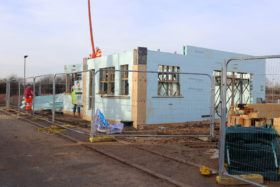

















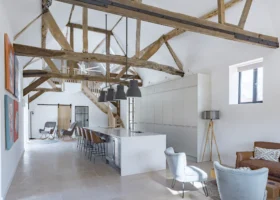















































































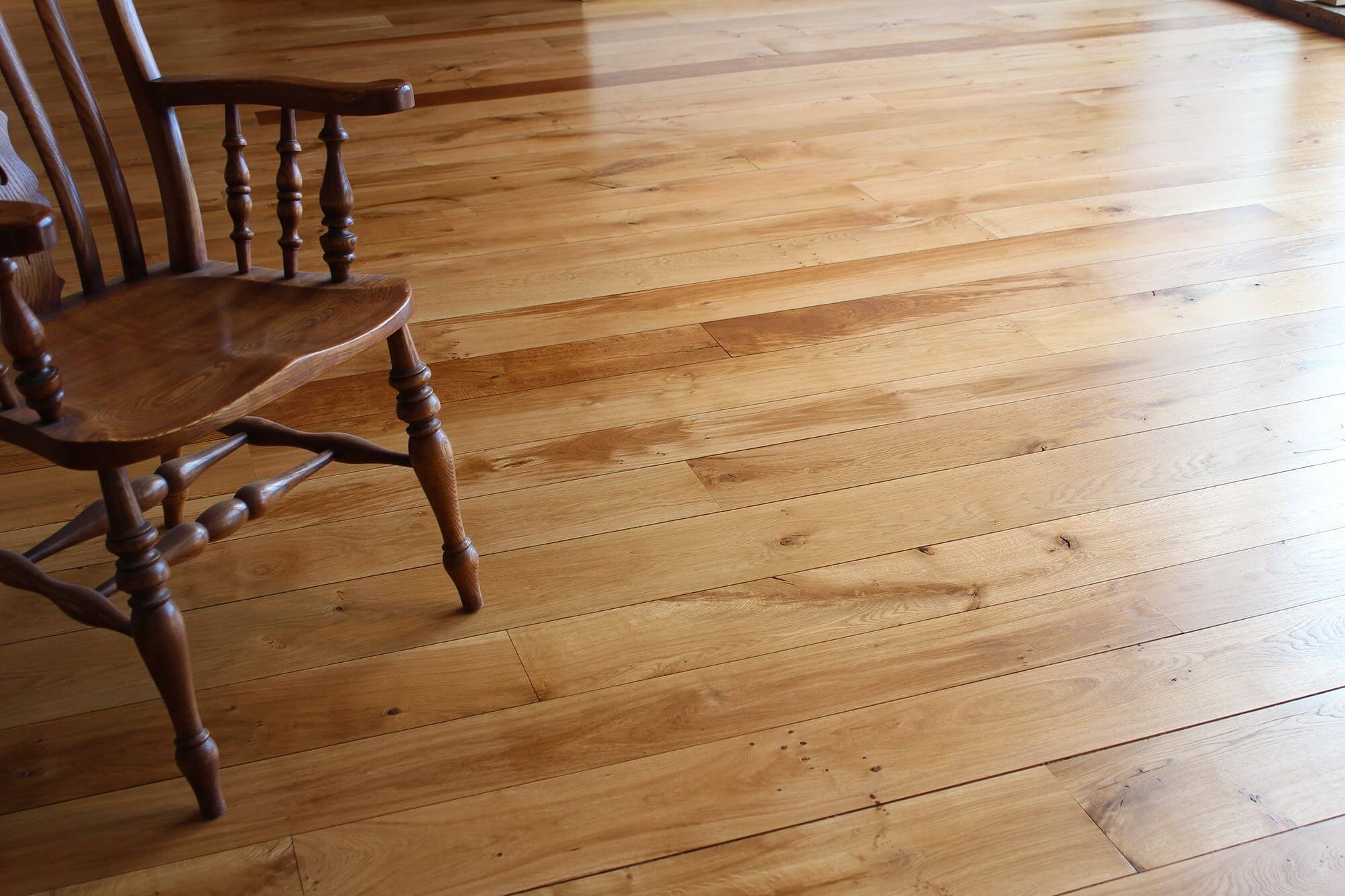
 Login/register to save Article for later
Login/register to save Article for later


